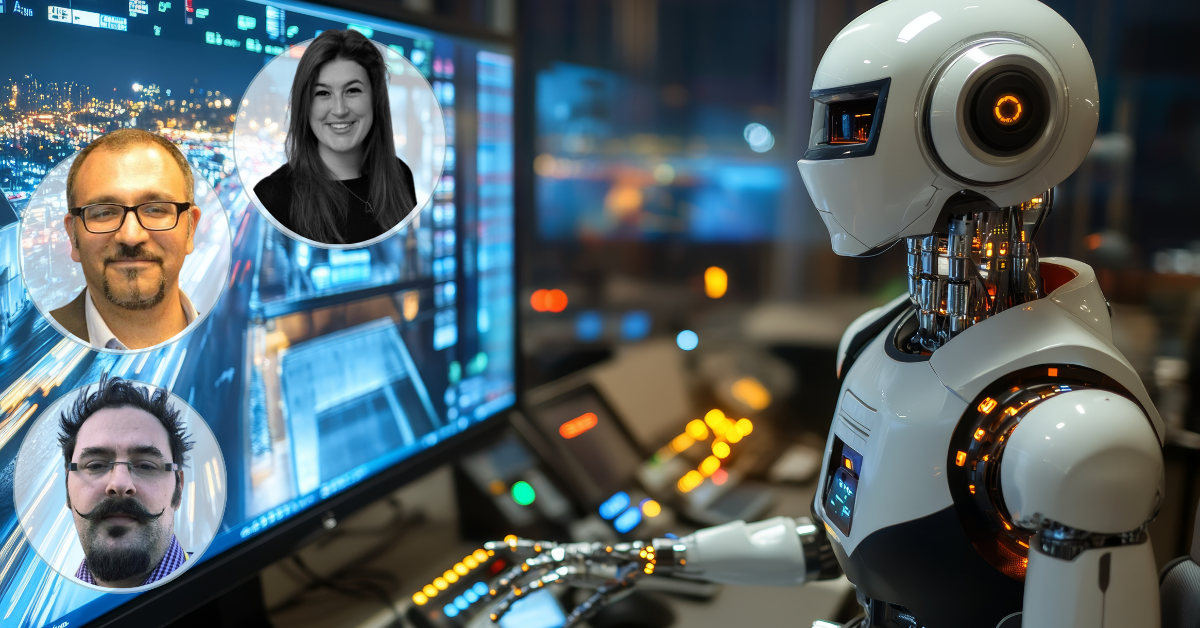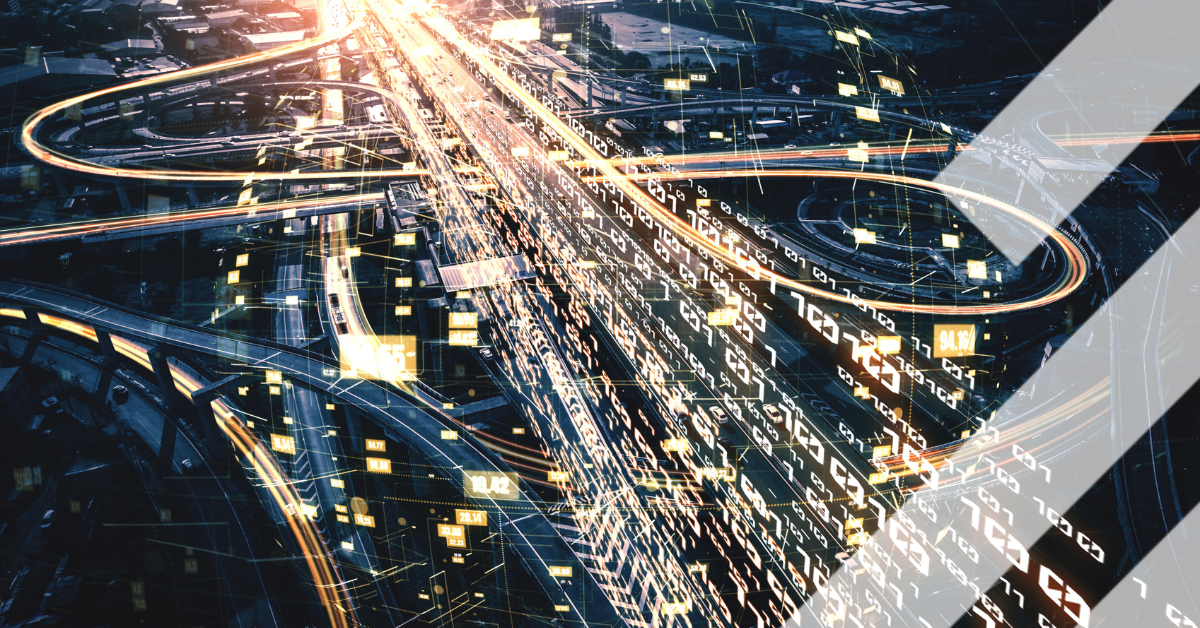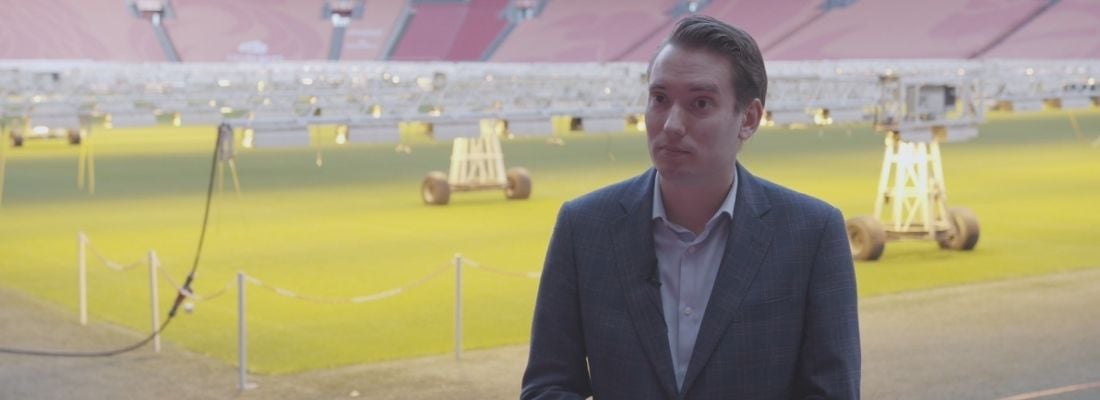‘Indicating your travel should be compulsory when buying a ticket in order to make people more aware of sustainable mobility.’
With the continuous growth of the population and ongoing urbanization there are numerous mobility challenges. Sustainability, safety and societal impact are amongst our daily concerns. We need to speed up the mobility transition to keep up with the fast changing global dynamics, which requires inventive approaches and better solutions. In this series we share inspiring and innovative cases from all over the world. Maurits van Hövell is consultant mobility and environment at Johan Cruijff ArenA, the home of Ajax. How does he speed up the mobility transition?
Before the outbreak of COVID-19 the Johan Cruijff ArenA, home of Ajax, received thousands of people at once easily. The area in which the stadium is located is shared with two other venues. At a triple event, around 100,000 people would travel to and from the area. This asks for efficient traffic and crowd management. Maurits van Hövell explains what challenges he is facing and what has changed since the pandemic.
100,000 people travelling to and from the area in one evening
‘I am responsible for accessibility and environment, which means I make sure our visitors have the best experience when they come to a football match or another event. This involves crowd management, traffic flows, public transport, safety, parking and infrastructure. Together with the other event locations we lobby for better sustainable accessibility.’
‘The Johan Cruijff ArenA is situated in the southeast of the city of Amsterdam. Business has increased since the area has become so accessible. We are situated close to the highway and have our own train station and two subway stations. Peak times in the area are in the morning and weekend or evenings when an event is taking place. In between those times, the area is very quiet.’
‘The train station no longer fits the capacity of people during peak hours.’
‘The City Council plans to build more houses in the neighbourhood. Which is very positive, because the area will become safer and attract more people. However, this also brings a lot of new challenges. The train station, for instance, has been upgraded 10-15 years ago, but it already no longer fits the volume of people during peak hours.’
‘60% of our visitors come by car and 40% travel by public transport.’
‘One of our goals is to motivate our visitors to travel to and from our events as sustainable as possible. On average 60% of our visitors now come by car and around 40% come by public transport. The car is not necessarily a bad choice; this can also be an electric vehicle or people can share a vehicle. Per Ajax match we count 1,9 passengers per car and per concert we count 2,7 average per car. We could offer discounts to travel by public transport. However, the area does not have the capacity for so many visitors to come by train. We would not be able to offer the best experience because the service level would decrease. Especially in this time of Corona, we advise not to come by public transport. The car takes away the fear of contamination and you don’t have to be stressed to catch the last train.’
‘I believe in the combination of choices and the modal split. As long as we can offer the highest service level. In order to do that we need to organise the most important part in traffic management: spread the flow. We have to spread the visitors, over modality and over time. Collaboration is key. We have to work with the entire mobility chain.’
‘At the Operational Mobility Centre traffic management, public transport, emergency services and the venues are set into place in order to react real-time.’
‘Since 2016 we have been developing an operational mobility centre for the area. When there used to be an event or a match, we were ‘in touch’ on a weekly basis with several parties involved, such as emergency services. If something would happen, we would contact them. Now, we have an Operational Mobility Centre at every event taking place (30,000+ visitors in the area). The municipality is chairman and brings together traffic management, police, parking operators, venues and public transport operators. Before an event starts, all these parties gather to discuss the scenarios in order to be in control of the situation before something happens. Traffic management, public transport flows, emergency services and the venues are organised and set into place for different scenarios in order to react real-time.’
‘For example, when a train tunnel is blocked, the Dutch Railways (NS) instantly inform us, due to their presence in the Operational Mobility Centre and the venue (Johan Cruijff ArenA) informs the visitors by advising them in a different direction or train station. Before the Operational Mobility Centre existed, informing the venue was not the highest priority for the NS, so at the time we would communicate about half an hour later, having thousands of people waiting for a train.’
Watch the documentary "En Route to Success: Smart Mobility in Amsterdam"
Do you want to know more on cycling in Amsterdam? Watch the documentary "En Route to Success" with Maurits van Hövell.
Find the line-up of speakers and register >
‘What is challenging, is letting our visitors leave the venue in a COVID-19 safe way.’
‘Thanks to COVID-19 safe test events we now know how to work with our mobility system and timeslots in which people are directed to a certain parking garage at a certain time when they book a ticket. This worked really well. What is challenging, is the way out. After the match people want to go home as soon as possible, following the train schedules. Telling them to wait does not work. What we can do, is work together with bars and restaurants and offer people discounts on another drink after the match. This is a more organic timeslot.’
‘Important part of the success of this cooperation is data. Thanks to data we can manage adequately. Our re-active approach is well organised, but the next step is to be able to react pro-actively. The use of public and private mobility data helps to give us an insight and a “birds eye view” of the area regarding all event flows.
‘Our re-active approach is well organised, but using data makes us able to react pro-actively.‘
GDPR and sharing data between public and private parties are new challenges we face. The Operational Mobility Centre and collaboration is organised in a public-private partnership. The data we use on mobility and safety is only used in a non-commercial way. Explaining this vision is sometimes challenging. Public and private partners have to trust our collaboration and share our ideas on the mutual benefits, for the visitor as well as for the collaboration of the public and private partnership. The benefits contribute to our main goals: a safe, reliable, secure and hassle-free journey to and from the area for everyone.
‘Only the parking spaces closest to the entrance pointed out were visible in the Mobility Portal.’
‘To improve accessibility for our visitors we have developed the Mobility Portal . This is a white label product available for use by event locations. It offers a travel planning system for the visitors that gives the best travel advise from door to door. This involves public transport, ordering a taxi, car route and parking space. Most of the options can be booked via the portal. During the recent COVID-19 test events the visitors were divided in several bubbles. Every bubble had its own entrance and only the parking spaces closest to that entrance were visible in this portal. In this way they had as little contact as possible with the other bubbles and a seamless travel experience.’
‘Owning two cars that are not being used 95% of the day will no longer exist.’
‘To me the future of mobility involves shared mobility. Owning one or even two cars that are not being used 95% of the day or even owning a bicycle will no longer exist. I hope more neighbourhoods will follow the example of Schoonschip where the people got rid of their own car and have a shared mobility hub. I understand the convenience of owning your own vehicle. However, we have to get used to sharing more in order to save our climate and planet. Finding new solutions and innovations together to let people make a sustainable choice to save the climate is what energizes me.’
‘My vision for the Johan Cruijff ArenA is to make travel options and transport booking compulsory for visitors when buying a ticket for one of our events. This obligation at this stage of the customer journey makes people become aware and think about how they will visit our event. Mobility innovations will help for all visitors to make a more sustainable decision in the future when travelling to an event in order to reach the sustainability goals.




